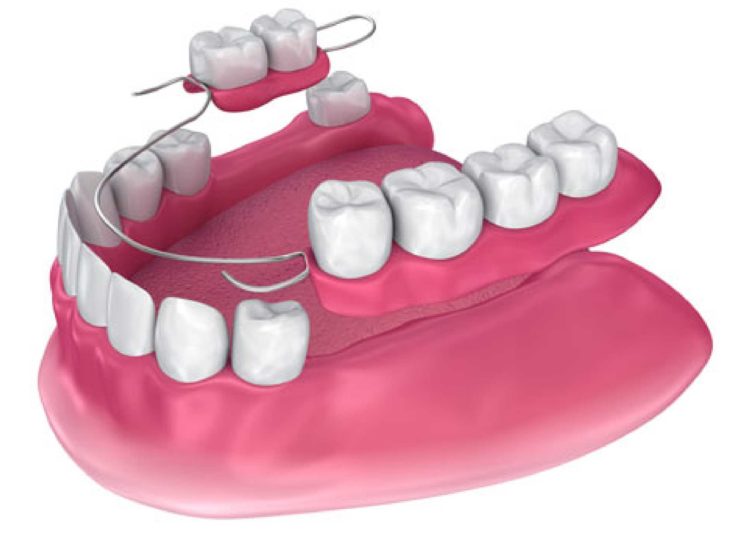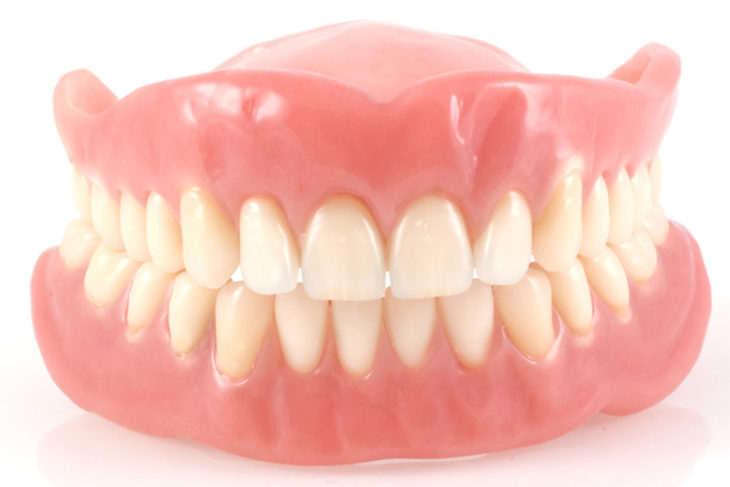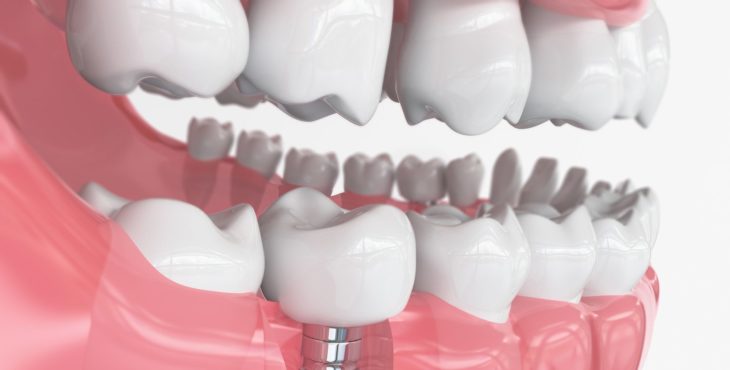Many people lose some or even all of their teeth as they age. Teeth may be lost because of poor oral hygiene, periodontal disease, or traumatic injury. It’s important to replace your teeth as soon as possible. When a tooth is lost, the surrounding teeth may shift, causing problems with bite alignment, as well as being cosmetically unattractive. If a person has lost all of his teeth, the face may take on a gaunt appearance, making one appear older. Missing teeth also interfere with the ability to chew food and may affect speech.
Fortunately, there are solutions for missing teeth. Dentures are artificial teeth that are made to fit everybody. They can improve one’s ability to eat, speak, and cosmetically restore the smile. Regular dentists are capable of handling many of the problems caused by missing teeth, but some cases may require the services of a prosthodontist. In addition to the traditional dental training, prosthodontists have advanced training in replacing lost teeth and are dedicated exclusively to this service.

Img source: thesnellvilledentist.com
There are two general types of dentures: complete and partial. If a patient has lost all of his or her teeth, complete dentures will be required. Within the broad category of full dentures, there are subcategories. “Conventional” dentures are not placed until healing has occurred following removal of teeth. The healing process may take several weeks, so with this type of denture, the patient will be without teeth for that time.
“Immediate” dentures are made in advance of removing remaining teeth after the dentist has taken measurements and made a replica of the patient’s jaw. These dentures are placed immediately following the removal of the teeth. The advantage of this is obvious: the wearer doesn’t have to be without teeth during the healing process. The denture may have to be repositioned or even remade as the recovery process progresses.
In the case of a patient who has not lost all of his teeth, a partial denture may be the solution. A partial denture is sometimes called a “bridge” and they are usually made with replacement teeth attached to a plastic base that is close to the natural gums in color. Partial dentures must be attached to the surrounding teeth, and this is accomplished with the use of a metal framework with clasps or the use of an internal attachment. The internal attachments typically look more natural and are more aesthetically pleasing.

Img source: healthjade.com
There is an adjustment period following fitting of full or partial dentures. It may take some time for a patient to get used to the feel of dentures, especially with eating and speaking. Follow-up with the dentist is usually required so he or she can check the fit of the denture and make any needed adjustments.
Even with full dentures, good oral hygiene is as important as ever. Using a brush with soft bristles, the gums, tongue, and roof of the mouth should be brushed before placing the dentures in the mouth. This stimulates circulation and helps to banish plaque. Proper care of the dentures requires daily brushing to help prevent stains and remove plaque. Using a non-abrasive cleaner on dentures is important. The material used to make the teeth is tough, but it’s not as hard as natural tooth enamel.

Img source: forestparkdental.com
Some who wear dentures use adhesives. These come in several different forms, and your dentist can advise you on the best choice for your needs. When using an adhesive, be sure to read and follow instructions.
Last, but certainly not least, to ensure satisfaction with your dentures and maintain good oral health, schedule regular follow-up appointments with your dentist.
